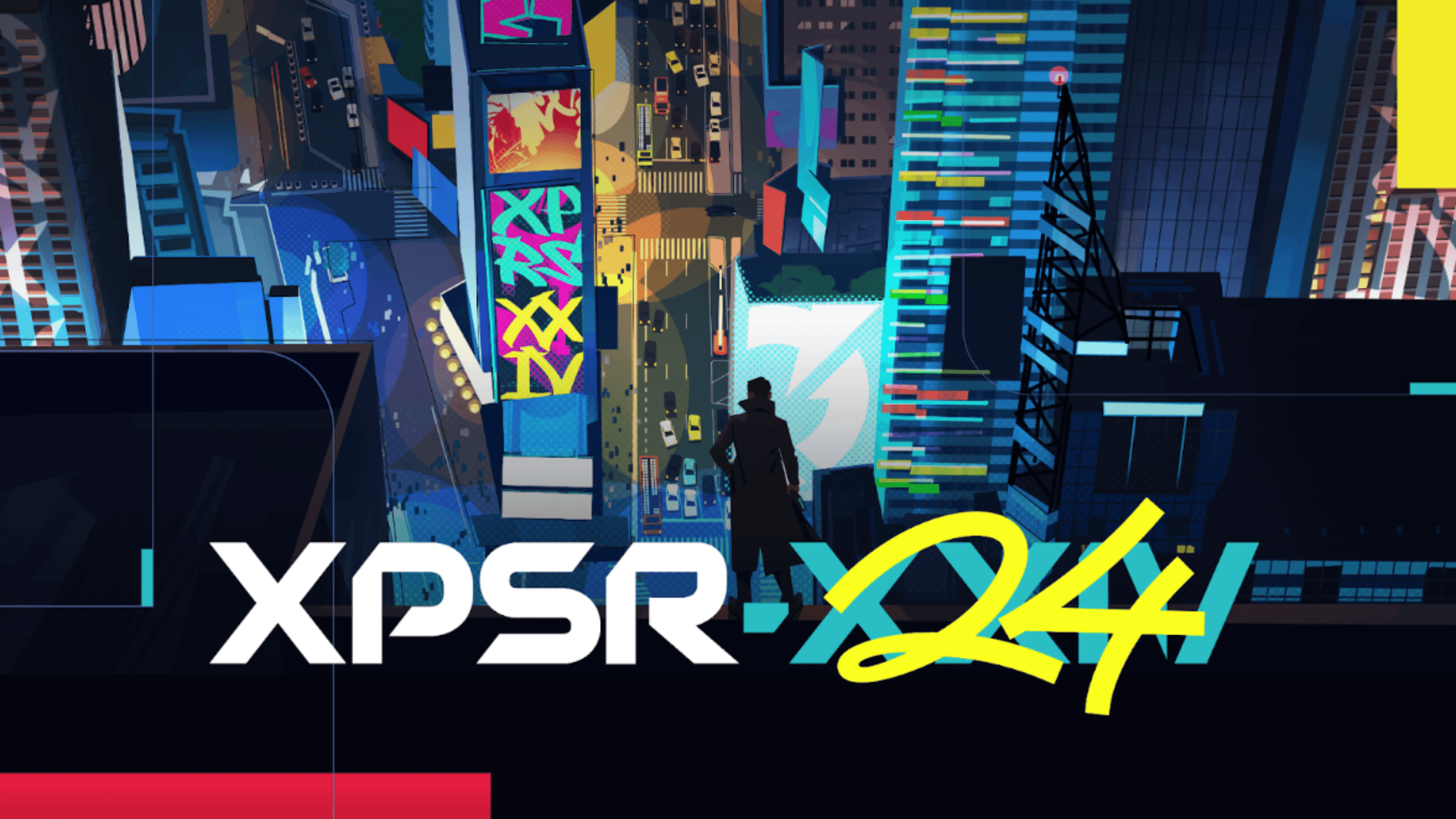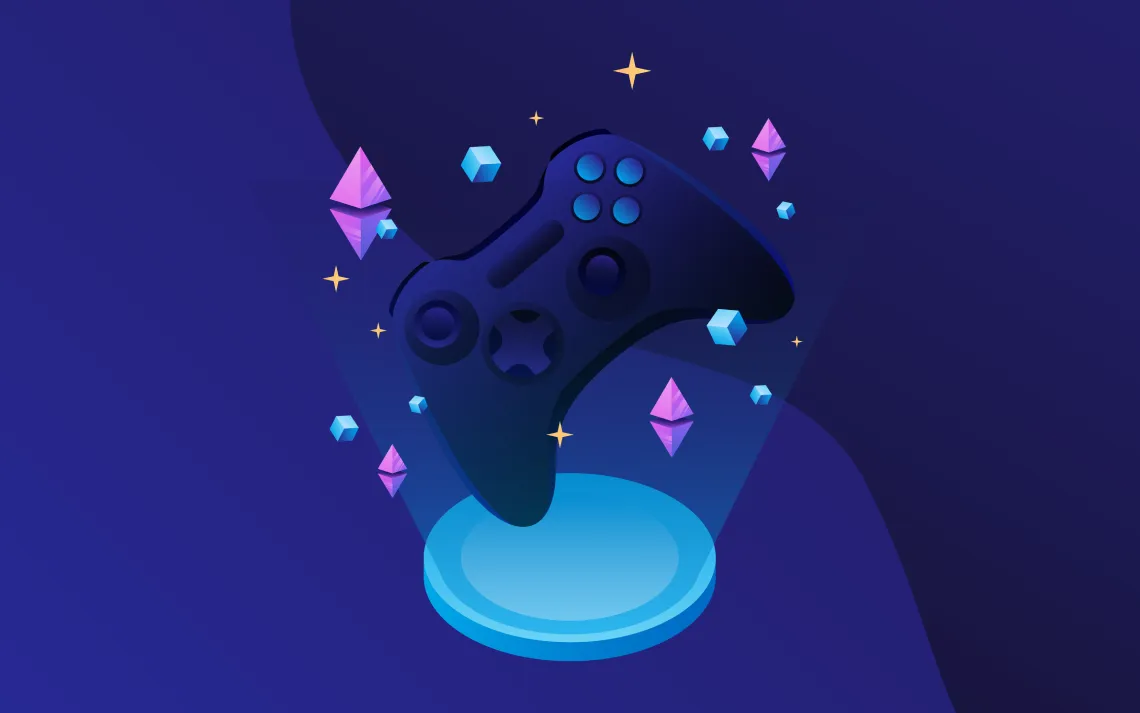Collaborative Entertainment (CE) is revolutionizing the gaming and entertainment industries by merging player creativity with game development. Introduced by Confiction Labs, CE empowers players to actively shape the games they love, transforming their contributions—such as stories, art, and gameplay ideas—into integral parts of the game’s universe.
In this article, we summarize a recent blog post by the Confiction Labs team, covering how their innovative approach to CE not only deepens player engagement but also fosters a dynamic, community-driven ecosystem where fans and developers collaborate to create richer, more immersive experiences. By leveraging cutting-edge technology, CE is set to redefine the future of interactive media.
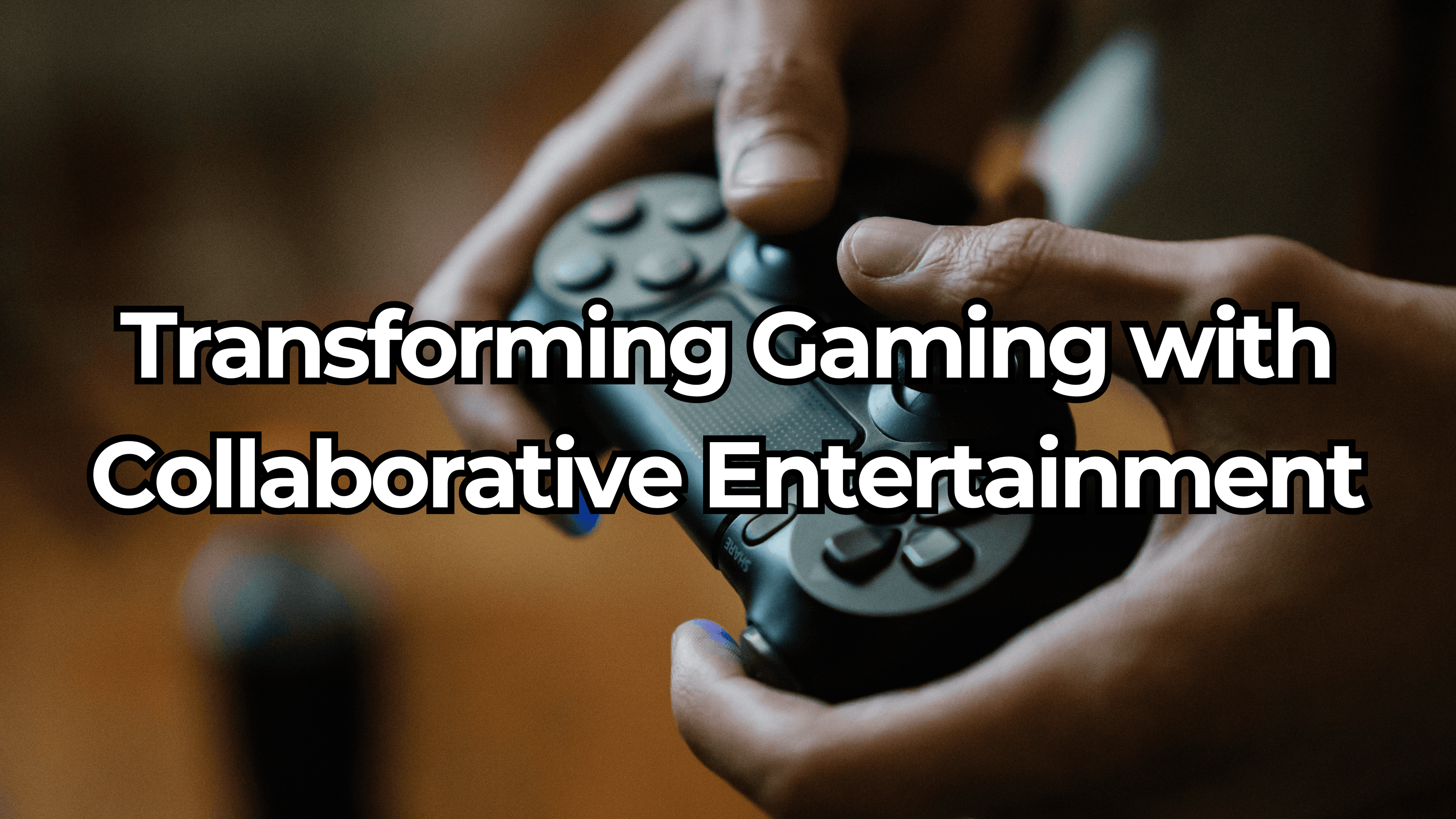
Transforming Gaming with Collaborative Entertainment
Confiction Labs is Transforming Gaming
Formerly known as Mythic Protocol, Confiction Labs is a leading software and entertainment company pioneering Collaborative Entertainment. The company is committed to involving users in the creation of immersive digital experiences.
The company employs over 120 gaming veterans who have worked on renowned titles such as Magic: The Gathering, Yu-Gi-Oh!, Marvel: Ultimate Alliance, Fairy Tail, and Legends of Runeterra. Their first game, Riftstorm, a multiplayer co-op looter-shooter action RPG with roguelite elements, has seen significant success in early playtests.
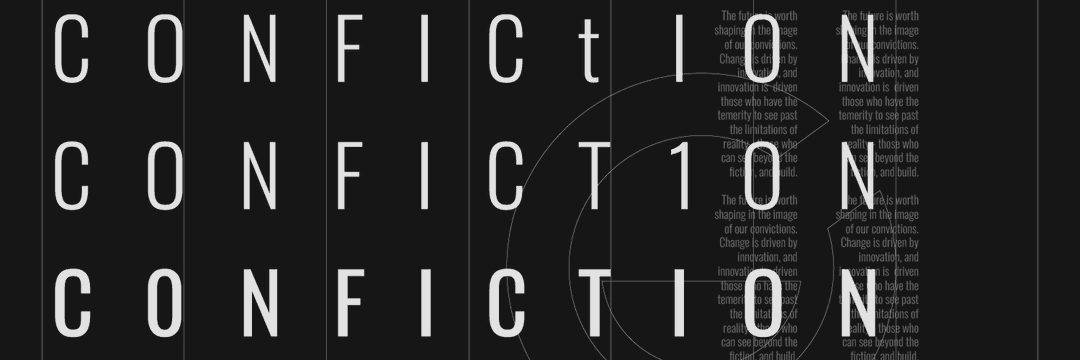
Confiction Labs Cover Banner on X
What Is Collaborative Entertainment?
Collaborative Entertainment (CE) is a concept in the gaming industry, pioneered by Confiction Labs, that integrates player contributions directly into the fabric of games. Unlike traditional gaming, where players engage passively with content created by developers, CE allows them to influence and shape the very worlds they immerse themselves in. By enabling players to tell their stories within the game and witness the impact of their contributions, CE fosters a deeper sense of ownership and engagement, ensuring that they remain invested over time.
At its core, Collaborative Entertainment represents a symbiotic relationship between creators, investors, and audiences. It breaks down the traditional barriers that creatives face, such as financial and geographical limitations, and invites players to become active participants in the development process. Contributions from fans have long been a part of gaming culture, yet they rarely receive official recognition or reward. CE changes this dynamic by leveraging the ideas and talents of passionate fanbases, thereby enriching game universes and creating a more immersive experience.
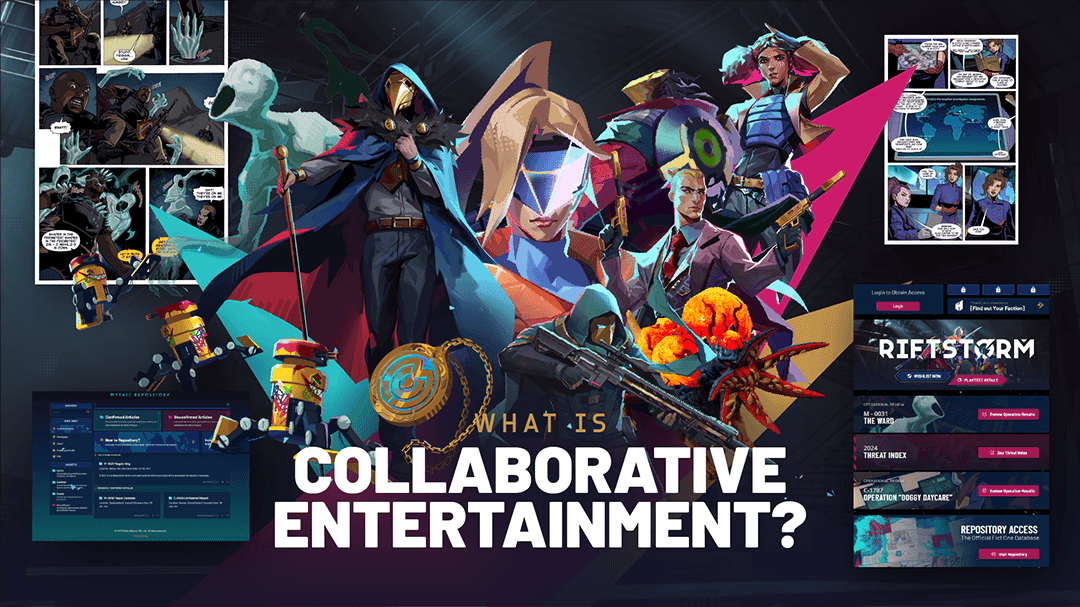
What is Collaborative Entertainment?
Collaborative Entertainment's Roots in Gaming Culture
The concept of Collaborative Entertainment is not entirely new; it has always been a part of gaming culture. Gamers have consistently contributed to their favorite intellectual properties (IPs) long after their play sessions have ended, expressing their enthusiasm through fan fiction, artwork, mods, and more. These fan creations often receive significant attention online but seldom become part of the official game narrative, and contributors rarely receive the credit or incentives they deserve.
However, with Collaborative Entertainment, these fan-made stories, artwork, music, and theories are not only acknowledged but also empowered by a platform that collects, shares, and reviews them for potential integration into a game’s universe. This platform offers players the chance to receive rewards and recognition for directly influencing a game’s continuity.
This innovative approach creates games that evolve through the collective vision of developers and fans alike. The result is a more engaged and involved community eager to see how their contributions shape the next chapter of the game. Even after years of inactivity, players can return to the game and still see the marks they left behind.
This is made possible by the ConFict Data Layer (CDL), an open data layer developed by Confiction Labs using blockchain and AI technologies. The CDL organizes and categorizes all player submissions, which a dedicated team then accesses to push lore and in-game updates. Through this system, Collaborative Entertainment connects diverse fan-made media to a game’s repository, making it an integral part of the gaming experience.
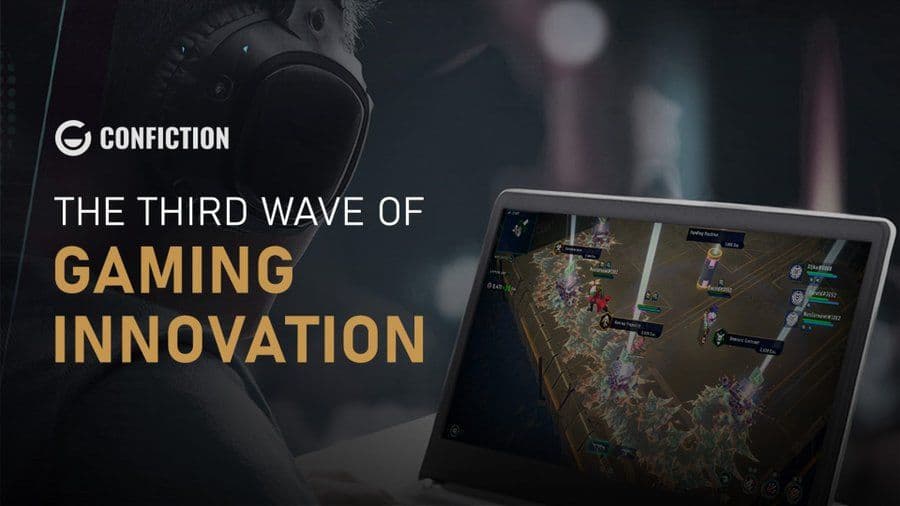
The Third Wave of Gaming Innovation
User-Generated Content and Its Role in Collaborative Entertainment
User-generated content (UGC) has always been a significant aspect of gaming. From small fanfics to large-scale productions like films and novels, UGC allows players to engage with games in new and creative ways. Modding, a popular form of UGC, has been around since the 1980s and has led to the creation of over 50,000 mods across various games and platforms. These mods range from simple graphical enhancements to entirely new campaigns and storylines.
While UGC has enriched gaming experiences and influenced game development, it has often existed on a separate island, isolated from the official game content. Some developers, like CDProjektRed, have incorporated fan-made mods to enhance their games, while others have created tools to encourage UGC. Multiplayer games like Minecraft and Fortnite empower players to build their worlds and tell their stories, integrating UGC functions into the core gameplay.
Despite the positive impact of UGC, issues around attribution and incentivization persist. Collaborative Entertainment addresses these challenges by offering a platform where player contributions are recognized and rewarded, as demonstrated in Confiction Labs' multiplayer roguelite shooter, Riftstorm.
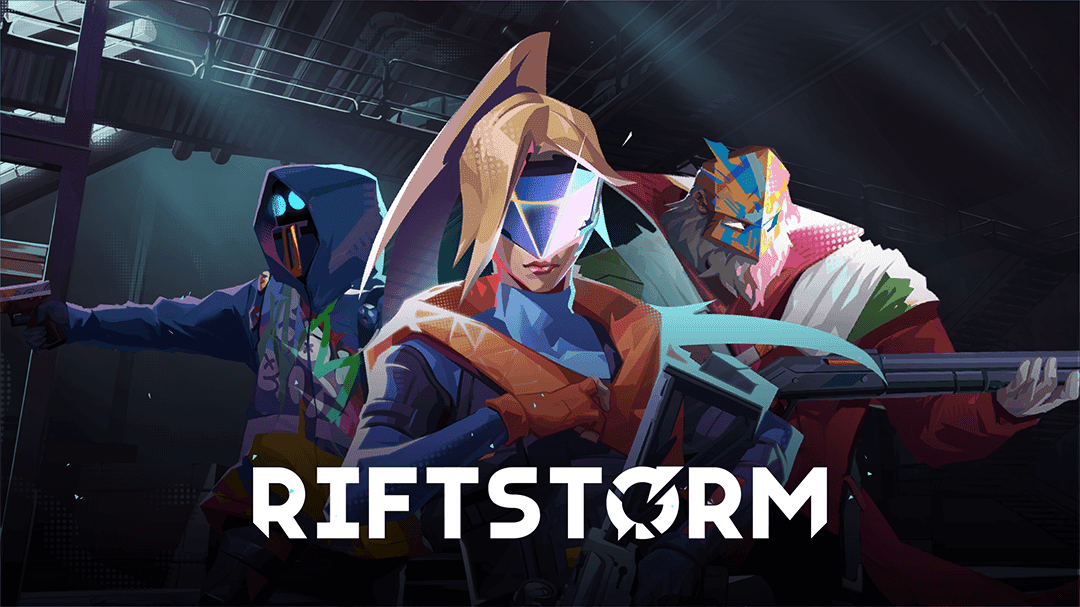
Riftstorm Logo and Character Art
Case Study: CE's Role in Riftstorm
Riftstorm, a game developed by Confiction Labs, exemplifies the potential of Collaborative Entertainment. Set in a world where humanity is threatened by nightmarish creatures known as mythics, players take on the roles of secret operatives with unique abilities and weapons. The game’s future is shaped by player contributions through CE.
One notable feature of CE in Riftstorm is the Flashpoint Events. These events record player actions, which then affect the game’s narrative. For example, in a recent Flashpoint Event called Shade Resurgence, players participated in a two-week narrative arc that culminated in a critical decision point. Despite their efforts, the players failed to complete the objectives, leading to an increase in Shade appearances and reduced equipment and currency drop rates. These events were immortalized in a short comic, showcasing the impact of player decisions on the game’s world.
Another example of CE in Riftstorm is the content submission system. Players can submit their stories and ideas, which the game’s lore team can review and potentially integrate into the game. If selected, these contributions are rewarded, and the player’s creation may become an official part of the game. This system creates a continuous cycle of inspiration, where players contribute to the game’s evolution and, in turn, are inspired to create more.
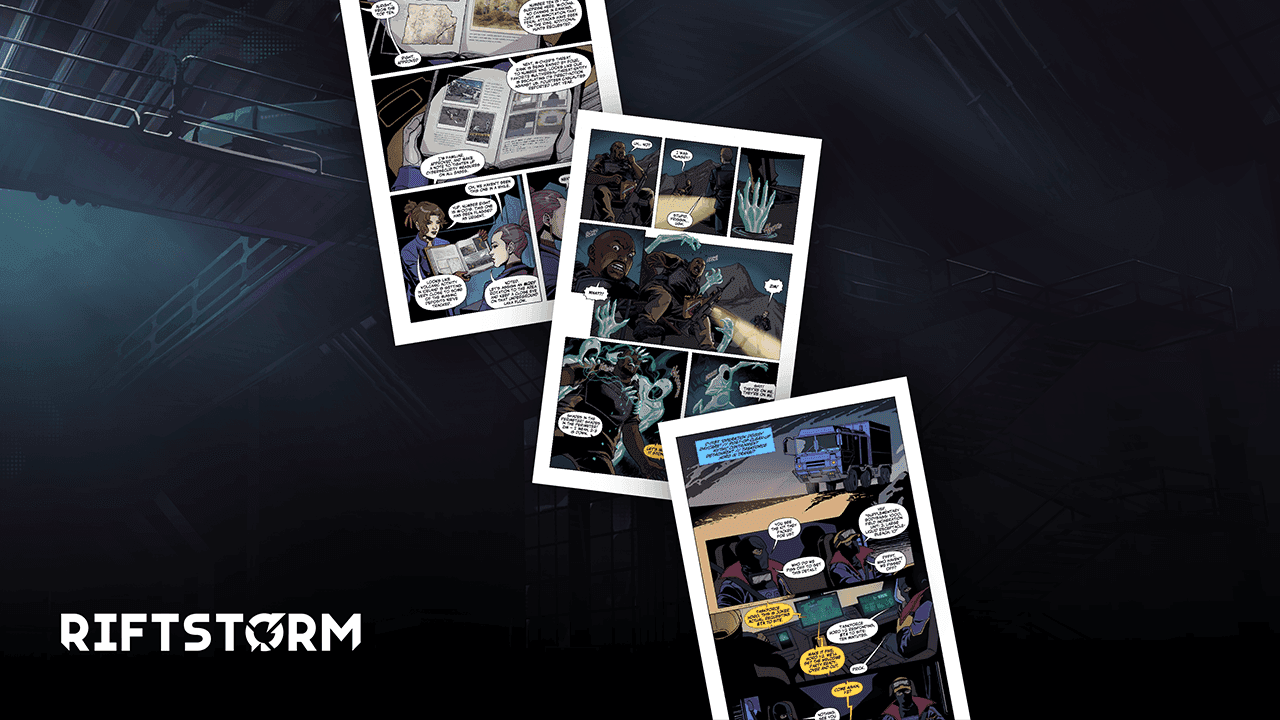
Riftstorm IP
Role of CE in the Future of Web3 Gaming
The future of Collaborative Entertainment is closely tied to web3 technology, which provides the immutability necessary for ensuring creator attribution remains unchanged as games evolve. Blockchain technology, a cornerstone of web3, guarantees that every action and asset in a game is recorded on-chain, making them permanent and unalterable. This ensures that players receive the recognition and rewards they deserve, while also facilitating the smooth implementation of incentives.
Collaborative Entertainment opens up new opportunities for players to benefit from their in-game contributions. It creates a more inclusive economy where players can earn rewards for their creativity and efforts. This system also allows developers to tap into undiscovered talent worldwide, offering new opportunities for creators to showcase their skills and potentially gain careers in the gaming industry.
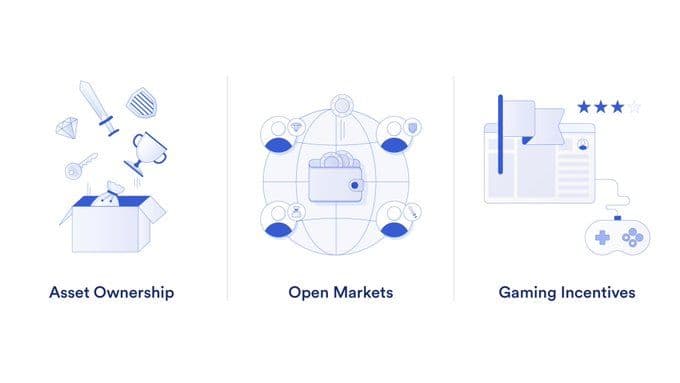
Benefits of Blockchain and Web3 Technology
Final Thoughts
Collaborative Entertainment (CE) marks a significant shift in the gaming and media industries, enabling players to move from passive participation to active involvement in content creation. By integrating user-generated content into the development process, CE creates a more inclusive environment where players can contribute to and shape the evolution of games.
This approach enhances the gaming experience and provides opportunities for contributors to gain recognition and rewards. As demonstrated by games like Riftstorm, CE shows the potential to transform the way games are developed, fostering a closer connection between players and developers. You can read the original blog post by the Confiction Labs team on their website.

